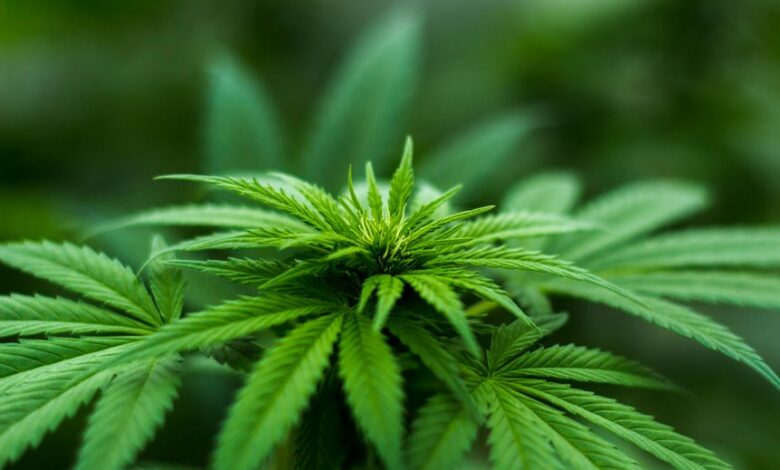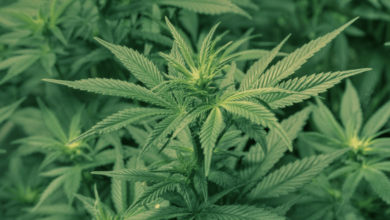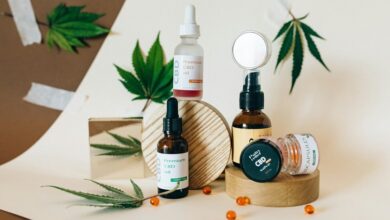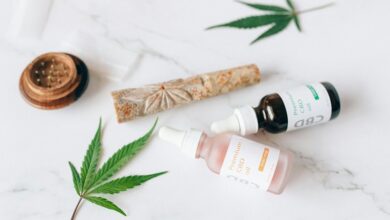How Much Thc Does Cbd Have

The THC content in CBD products varies notably across different types. Full spectrum CBD oils may contain up to 0.3% THC, adhering to legal limits in many areas. Conversely, CBD isolate products are devoid of THC, making them a suitable choice for those seeking non-psychoactive options. Understanding these distinctions, along with the legal implications, is crucial for consumers. What factors should one consider when determining the most suitable product?
Understanding THC and CBD: The Basics
Although both THC (tetrahydrocannabinol) and CBD (cannabidiol) are cannabinoids derived from the cannabis plant, they exhibit distinct properties and effects on the human body.
THC is primarily psychoactive, inducing euphoria, while CBD offers potential health benefits without intoxication.
Understanding cannabinoid interactions is crucial for optimizing therapeutic applications, as both compounds can influence each other's effectiveness and enhance overall wellness through synergistic effects.
Types of CBD Products and Their THC Levels
The market offers a variety of CBD products, each with different concentrations of THC, which can significantly impact their effects and legal status.
Full spectrum oils contain multiple cannabinoids, including THC, often up to 0.3%, while isolate powders contain no THC, providing a pure CBD experience.
Understanding these differences allows consumers to make informed decisions based on their preferences and legal considerations.
Legal Regulations Surrounding THC in CBD
As regulators grapple with the complexities of cannabis legislation, the legal landscape surrounding THC in CBD products remains multifaceted.
THC regulations vary significantly across jurisdictions, influencing CBD legality. In many regions, CBD products must contain less than 0.3% THC to comply with federal standards, while some states impose stricter limits, creating a patchwork of laws that consumers must navigate.
Choosing the Right CBD Product for Your Needs
Selecting an appropriate CBD product demands careful consideration of several critical factors, including the type of CBD, its THC content, and individual health needs.
Full spectrum benefits may enhance therapeutic effects through the entourage effect, while isolate advantages offer a THC-free option, minimizing psychoactive risks.
Understanding these distinctions enables consumers to make informed choices aligned with their personal health goals and desired experiences.
Conclusion
In navigating the complex landscape of CBD products, understanding THC levels is crucial. With full spectrum oils teetering on the legal threshold of 0.3% THC and isolates offering a completely THC-free experience, consumers face a pivotal choice. Yet, the implications of these selections extend beyond legality and into personal health and wellness. As regulations continue to evolve, one must ponder: will the next breakthrough in CBD bring clarity or further confusion to the market?






